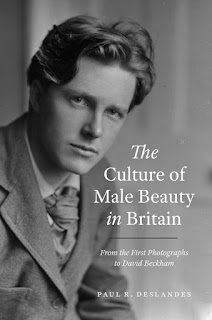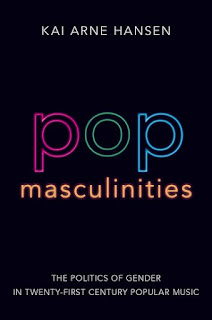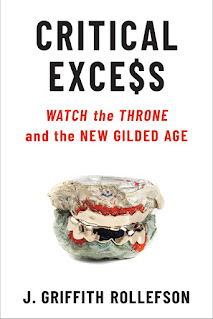 Affairs in the Kennedy School of Government at Harvard University. He previously taught courses on wartime violence and international security at Bates College.
Affairs in the Kennedy School of Government at Harvard University. He previously taught courses on wartime violence and international security at Bates College.
He applied the “Page 99 Test” to his new book, American Torture from the Philippines to Iraq: A Recurring Nightmare, and reported the following:
The central puzzle of American Torture from the Philippines to Iraq: A Recurring Nightmare is why torture has recurred in America’s wars against weaker foes. Page 99 marks the dawn of the recurrence, following torture by U.S. soldiers in the Philippines decades earlier. Torture by the Central Intelligence Agency in Vietnam is best told as an origins story, beginning with how the CIA became empowered in the first place, and what the agency and its overseers understood to be its mission. Page 99 marks the rise of the CIA from the ashes of the Office of Strategic Services, the United States’ World War II intelligence agency. The OSS had garnered a reputation for daring and success during the war, and champions of a permanent peacetime intelligence agency wanted to retain the OSS’s clandestine capabilities and interest in “underhanded tricks.” Thus, the CIA became the agency to which presidents turned for activities that were “extra-legal and sometimes illegal,” according to an OSS agent who played a formative role in the agency’s creation. Harry Truman reluctantly signed off on the creation of the organization, and CIA research on “behavioral control,” among other interests, began. Dwight Eisenhower would prove much more enthusiastic about the CIA’s secretive arm, and his pick for CIA director, OSS veteran Allen Dulles, endorsed the development of psychologically coercive interrogation methods that eventually showed up in CIA interrogation manuals and in Vietnam. For Eisenhower, Dulles, and others, the United States was going to have to bend and sometimes break rules in order to compete with Communists who could fight the Cold War unencumbered by norms and laws.Learn more about American Torture from the Philippines to Iraq at the Oxford University Press website.
The ninety-nineth page does not contain the heart of the book, but it functions as a bridge between the pre-CIA and CIA eras. Since the agency is a major character in my tale of American torture following World War II, Page 99 is, in a sense, the beginning of the rest of the story.
The “underhanded” and “psychological” methods were not just more easily hidden than scarring torture techniques; agents and supportive politicians could also attempt to play them down as something less than torture in the event of exposure. We see a similar pattern today with respect to democratic norms in the United States and elsewhere. Because democracy lies at the end of a sliding scale, vigilance is required to avoid slipping incrementally into quasi-authoritarian rule and beyond.
--Marshal Zeringue
























